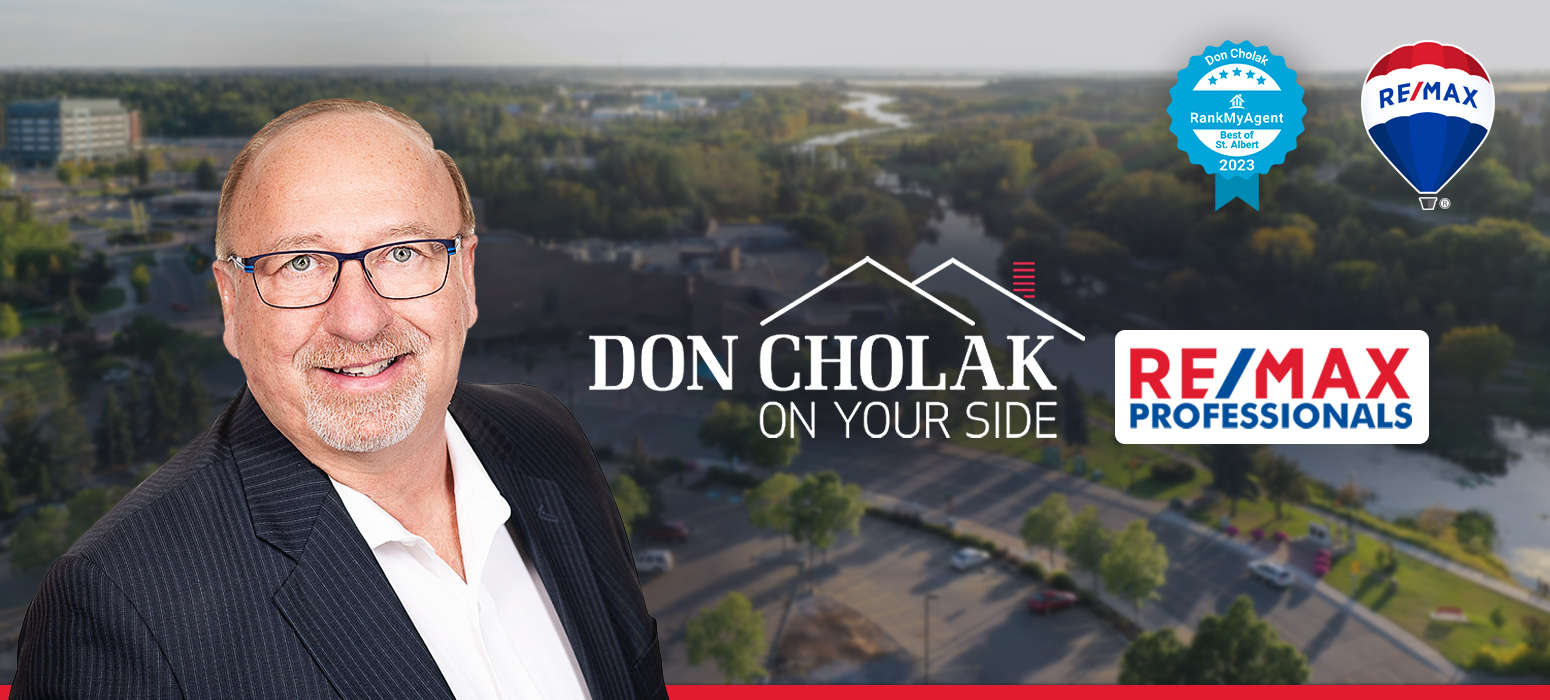A total of 2 homes SOLD in Woodlands this month. The highest priced home SOLD in Woodlands this month was a 4 bed, 2 bath, 1056 square foot home for $369000, and the lowest was a 4 bed, 3 bath, 1212 square foot home for $315000, bringing the average to $342000 for 4 beds, 3 baths, and 1134 square feet.
CLICK HERE! to view all current Woodlands homes for sale by Don Cholak.
Sell your Woodlands home:
 Are you looking to sell your home in Woodlands? Don Cholak has decades of expertise and experience in Woodlands and is ready to help you sell your Woodlands home today! Just click the big red button above or call Don at 780-718-8400.
Are you looking to sell your home in Woodlands? Don Cholak has decades of expertise and experience in Woodlands and is ready to help you sell your Woodlands home today! Just click the big red button above or call Don at 780-718-8400.
Buy a home in Woodlands:

Are you looking to buy a home in Woodlands? Don Cholak is an expert and experienced Realtor in Woodlands and can help you find the perfect home in Woodlands today! Just click the big red button above or call Don at 780-718-8400.














